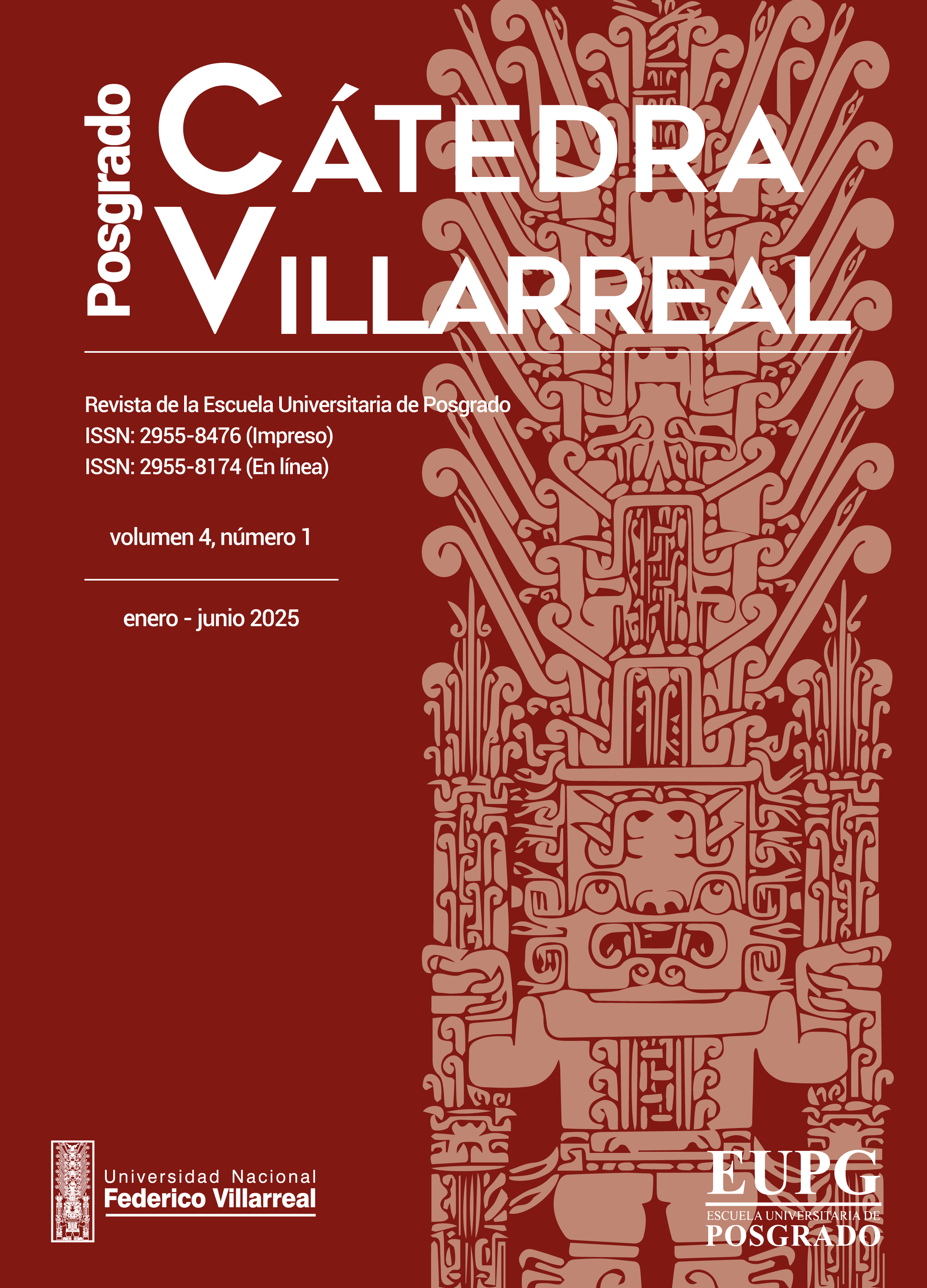Comparison of multimodel analyses: Frequentist vs. Bayesian approaches applied to age and growth studies of bony and cartilaginous fishes
DOI:
https://doi.org/10.62428/rcvp2025411951Keywords:
Bayesian models, fish growth, fisheries management, frequentist models, multimodel analysisAbstract
The objective was to compare the frequentist and Bayesian approaches in the multi-model analysis of age and growth of bony and cartilaginous fishes, in order to evaluate their differences in estimating key parameters such as the asymptotic length (L∞), the growth coefficient (k), and the length at birth (L₀). Five species were analyzed, three cartilaginous (Prionace glauca, Carcharhinus falciformis, and Alopias pelagicus) and two bony (Selene peruviana and Peprilus medius), using the von Bertalanffy, Gompertz, and logistic growth models. The results showed that Bayesian models tended to estimate higher values of L∞ and lower values of L₀ compared to frequentist models, suggesting that the latter may underestimate the maximum attainable size and overestimate the size at birth. Likewise, the growth coefficient (k) was lower in the Bayesian models, reflecting slower but biologically more plausible growth rates. In terms of model selection, the frequentist approach favored the logistic model according to the AICc criterion, while the Bayesian approach favored the von Bertalanffy model according to the LOOIC criterion. These findings highlight the usefulness of Bayesian models in more accurately representing growth dynamics, especially in contexts with limited or biased data.
Downloads
Published
How to Cite
Issue
Section
License
Copyright (c) 2025 Rafael Mendoza Delgado, Jesus Briones Mendoza

This work is licensed under a Creative Commons Attribution-NonCommercial-ShareAlike 4.0 International License.
Eres libre de
- Compartir : copiar y redistribuir el material en cualquier medio o formato.
- Adaptar : remezclar, transformar y construir sobre el material.
El licenciante no puede revocar estas libertades siempre que cumpla con los términos de la licencia.
Bajo los siguientes términos:
- Atribución : debe dar el crédito apropiado , proporcionar un enlace a la licencia e indicar si se realizaron cambios . Puede hacerlo de cualquier manera razonable, pero no de ninguna manera que sugiera que el licenciante lo respalda a usted o su uso.
- No comercial : no puede utilizar el material con fines comerciales .
- CompartirIgual : si remezclas, transformas o construyes a partir del material, debes distribuir tus contribuciones bajo la misma licencia que el original.
- Sin restricciones adicionales : no puede aplicar términos legales ni medidas tecnológicas que restrinjan legalmente a otros hacer cualquier cosa que la licencia permita.
Avisos:
- No tiene que cumplir con la licencia para elementos del material que sean de dominio público o donde su uso esté permitido por una excepción o limitación aplicable.
- No se dan garantías. Es posible que la licencia no le otorgue todos los permisos necesarios para el uso previsto. Por ejemplo, otros derechos como publicidad, privacidad o derechos morales pueden limitar la forma en que utiliza el material.












